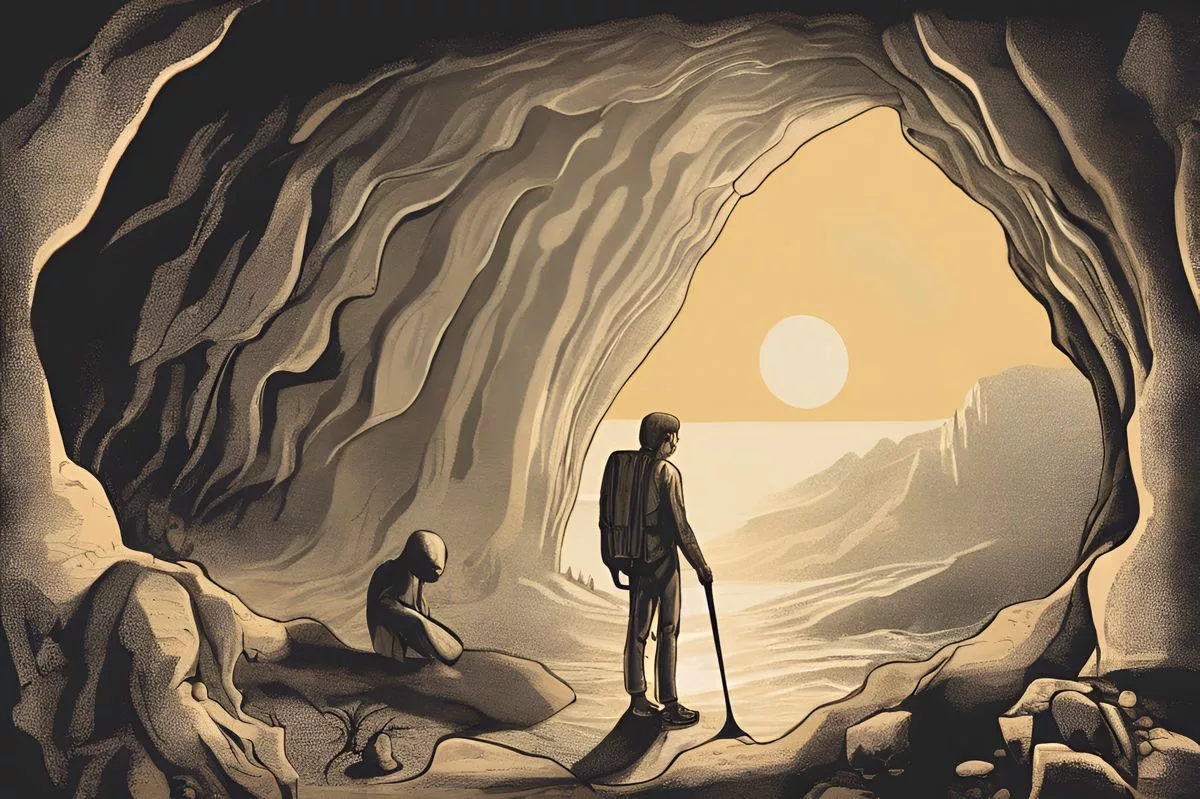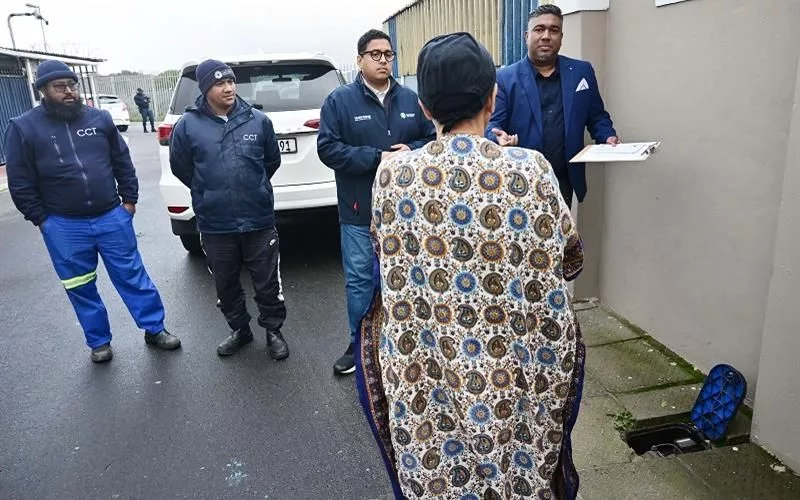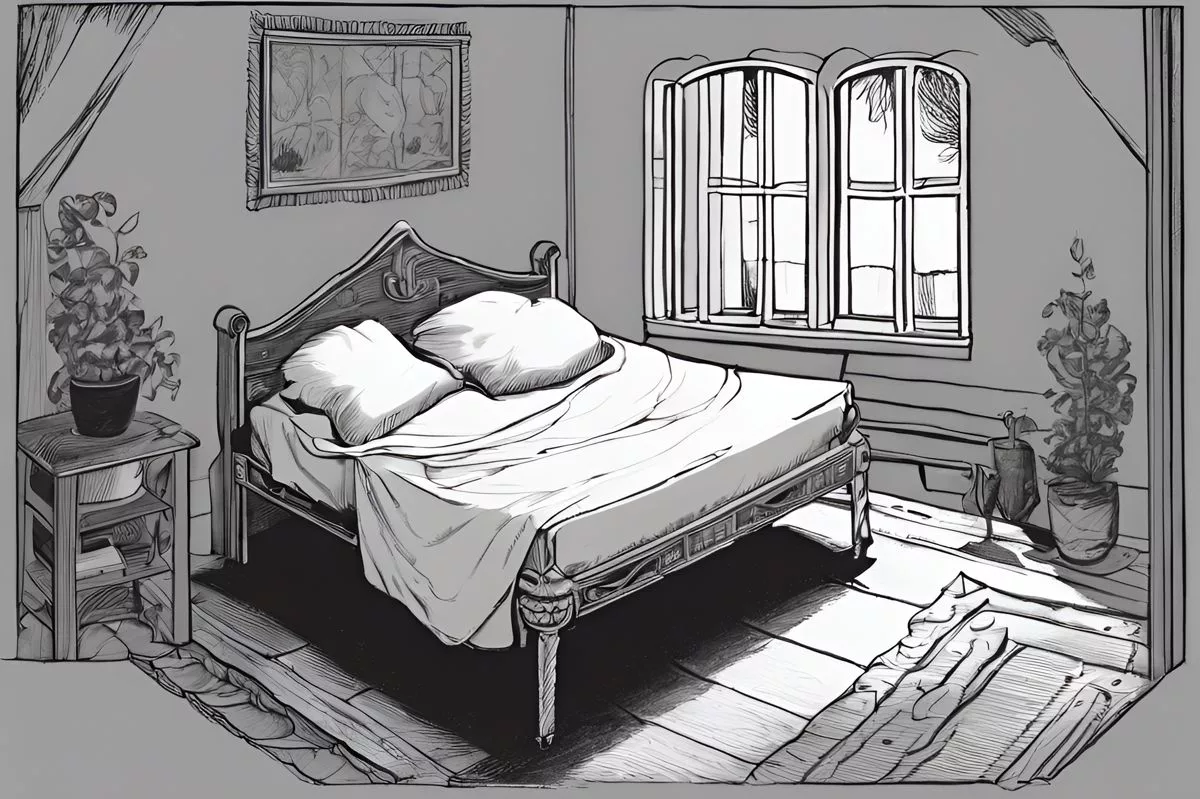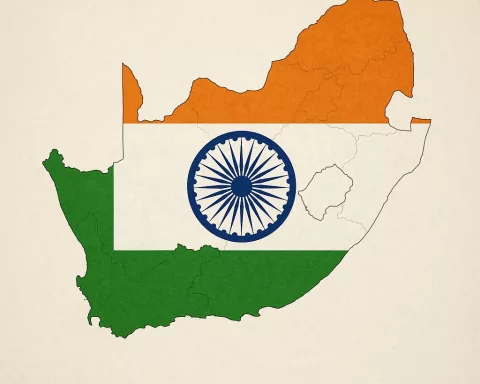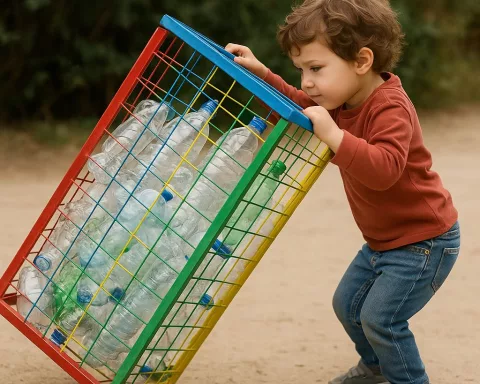Discover the rich history of South Africa through its five historical landmarks: Robben Island, Cradle of Humankind, Apartheid Museum, Castle of Good Hope, and Isandlwana and Rorke’s Drift Battlefields. These sites offer a unique opportunity for education and contemplation, with each location narrating distinct chapters of the country’s past. From the poignant symbol of Robben Island to the vibrant fragments of a grand narrative woven throughout the nation’s history, South Africa’s landmarks are a must-visit for anyone seeking to explore the country’s diverse past.
Unraveling South Africa’s Storied Past: What are the five historical landmarks to visit?
Explore the rich history of South Africa through its landmarks. Visit Robben Island, the Cradle of Humankind, the Apartheid Museum, Castle of Good Hope, and Isandlwana and Rorke’s Drift Battlefields to experience the country’s diverse past. Each site offers an exceptional opportunity for education and contemplation.
South Africa offers a fascinating blend of history and diverse culture, its rich tapestry just waiting to be explored. The country’s landscape is abundant with historical landmarks, each narrating distinct chapters of the nation’s past. This guide introduces five historical sites in South Africa that are sure to captivate anyone wanting to unearth the country’s historical wealth.
Robben Island: A Testament to Resilience
Perched in Cape Town’s Table Bay, Robben Island stands as a poignant symbol of South Africa’s past. The site gained worldwide recognition as the prison of former South African President Nelson Mandela for nearly twenty years, lending it a profound significance. However, its history predates this period, dating back to the 17th century when it served multiple roles as a hospital and military base. The island’s diverse past is a living tribute to the indomitable human spirit.
Cradle of Humankind: Tracing the Roots of Humanity
Moving away from the coastal city, the Cradle of Humankind offers a deeper dive into our collective past. Recognized as a UNESCO World Heritage site, this location boasts an array of paleoanthropological marvels. Nestled within the limestone caves, the Sterkfontein Caves preserve the ancient remnants of our forebears. From the Maropeng Visitor Centre, visitors can trace the evolution of humanity through fossil exhibits and interactive displays.
The Apartheid Museum: A Stark Reflection of South Africa’s Past
Further along in our historical exploration is Johannesburg’s Apartheid Museum, a powerful testament to South Africa’s period of enforced racial segregation. The museum chronicles the course of apartheid, highlighting the bravery and tenacity of those who fought against it. Its displays, featuring personal accounts, multimedia presentations, and artefacts, offer insights into the lives of influential personalities like Nelson Mandela.
Castle of Good Hope: A Beacon of Colonial History
An excursion to the southernmost point of Africa is incomplete without a stop at the Castle of Good Hope in Cape Town. Constructed by the Dutch East India Company in the 17th century, this edifice is the oldest surviving colonial structure in South Africa. It once served as a refreshment station for ships journeying along the spice route. Today, the fort symbolizes South Africa’s historical odyssey.
Isandlwana and Rorke’s Drift Battlefields: The Imprints of War
Our historical tour concludes in KwaZulu-Natal, home to the Isandlwana and Rorke’s Drift Battlefields, reminders of the intense conflicts during the Anglo-Zulu War in 1879. The Battle of Isandlwana, a significant victory for the Zulu army, and the Battle of Rorke’s Drift, renowned for the courageous defense by British soldiers, have left permanent scars on the region’s landscape. The Rorke’s Drift Museum and Isandlwana Hill, featuring memorials and artifacts, provide an engaging insight into these historical battles.
South Africa’s historical landmarks are far more than tourist destinations. They are vibrant fragments of a grand narrative spun from centuries of human effort, victory, and resilience. Each site offers an unparalleled opportunity for education and contemplation, facilitating a deeper understanding of this extraordinary nation and its people. Journey back in time and let the whispers of history guide your exploration of the entrancing country that is South Africa.
1. What are the five historical landmarks to visit in South Africa?
The five historical landmarks to visit in South Africa are Robben Island, Cradle of Humankind, Apartheid Museum, Castle of Good Hope, and Isandlwana and Rorke’s Drift Battlefields.
2. What is the significance of Robben Island?
Robben Island is a poignant symbol of South Africa’s past, gained worldwide recognition as the prison of former South African President Nelson Mandela for nearly twenty years, lending it a profound significance. However, its history predates this period, dating back to the 17th century when it served multiple roles as a hospital and military base.
3. What is the Cradle of Humankind?
The Cradle of Humankind is a UNESCO World Heritage site that boasts an array of paleoanthropological marvels. Nestled within the limestone caves, the Sterkfontein Caves preserve the ancient remnants of our forebears. From the Maropeng Visitor Centre, visitors can trace the evolution of humanity through fossil exhibits and interactive displays.
4. What is the Apartheid Museum?
The Apartheid Museum in Johannesburg is a powerful testament to South Africa’s period of enforced racial segregation. The museum chronicles the course of apartheid, highlighting the bravery and tenacity of those who fought against it. Its displays, featuring personal accounts, multimedia presentations, and artefacts, offer insights into the lives of influential personalities like Nelson Mandela.
5. What is the Castle of Good Hope?
The Castle of Good Hope in Cape Town is the oldest surviving colonial structure in South Africa, constructed by the Dutch East India Company in the 17th century. It once served as a refreshment station for ships journeying along the spice route. Today, the fort symbolizes South Africa’s historical odyssey.
6. What are the Isandlwana and Rorke’s Drift Battlefields?
The Isandlwana and Rorke’s Drift Battlefields in KwaZulu-Natal are reminders of the intense conflicts during the Anglo-Zulu War in 1879. The Battle of Isandlwana, a significant victory for the Zulu army, and the Battle of Rorke’s Drift, renowned for the courageous defense by British soldiers, have left permanent scars on the region’s landscape. The Rorke’s Drift Museum and Isandlwana Hill, featuring memorials and artifacts, provide an engaging insight into these historical battles.

